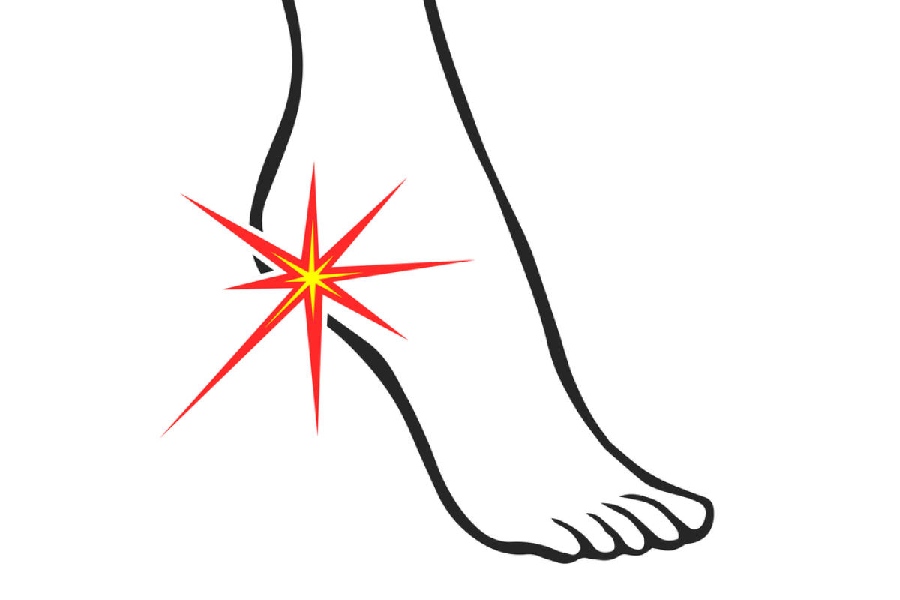We spend a lifetime on our feet, from the time we learn to stand and walk. Unfortunately, very few people look after their feet properly. Nevertheless, they expect their feet to efficiently, silently, painlessly function all the time.
That results in people (particularly women) over the age of 40 years, sometimes experiencing a sudden, unexpected, stabbing, excruciating pain when getting out of bed and placing the feet on the ground. After a few minutes, the pain spontaneously subsides. It then recurs the following day. It also appears after prolonged periods of sitting or long car rides.
The strange thing about this pain is that it is not precipitated by activity or exercise. So, people tend to ignore it until it becomes unbearable.
This is very typical of plantar fasciitis, an inflammation of the plantar fascia. This is a thick band of tissue connecting the heel to the base of the toes. It is subjected to stress and strain over a lifetime. This produces micro-tears, which heal with the formation of unyielding, inflexible fibrous tissue.
Not everyone develops plantar fasciitis as they grow older. It is more likely if your BMI (weight divided by height in metres squared) is more than 23. The weight is evenly distributed on both the feet, and it becomes too much for the feet to bear. Thereis mechanical strain and displacement downwards. This causes pain.It is more likely in diabetics, primarilyif the sugars are poorly controlled. High sugars impair the mechanical actions of tendons.
Healthy young people who exercise can develop plantar fasciitis if they suddenly increase their activity level or change their exercises. They need to pay attention to proper supportive footwear and not exercise in sandals or slippers. Sports footwear needs to be replaced as soon as they wear out. The recommendation is every six months or after they have covered a distance of 400km.
Exercise also tightens the calf muscles, and this tends to pull the heel upwards. The importance of stretching before and after exercise cannot be overemphasised. An easy way to stretch the calf muscle is to lie down perpendicular to a wall and keep the legs straight up for two minutes against the wall.
People who stand for long periods should avoid heels and wear flat shoes with cushioned soles. Sometimes the gait is faulty, and this places mechanical strain on the plantar fascia. The gait needs to be evaluated professionally and corrected if possible.
There are no tests specific for plantar fasciitis. Blood tests can be done to rule out diabetes, low calcium or Vitamin D3 and gout. An X-ray may show a thickening of the bone of the heel or a bony spur. Not all people who have spurs have pain.
Plantar fasciitis is usually self-limiting. Recovery occurs spontaneously in 3-6 months. This can be hastened with treatment options.
- Ice the feet two to three times a day
- Soak feet in warm salted water two to three times a day. Stand in the water and rock back and forth heel to toe 20 times
- Always wear footwear with cushioned soles and acupressure slippers
- Heel supports can be purchased online and worn inside the footwear all day
- Stretch the calf muscle by hanging the feet one at a time over a step. You can also lie down with your legs perpendicular to the floor
- Painkillers and anti-inflammatory agents can be used
- Physiotherapy, modalities and even injections or surgery may eventually be required.
To prevent plantar fasciitis, reduce weight if obese, control diabetes, wear proper footwear and stretch before and after exercise.
The writer has a family practice at Vellore and is the author of Staying Healthy in Modern India. If you have any questions on health issues please write to yourhealthgm@yahoo.co.in











